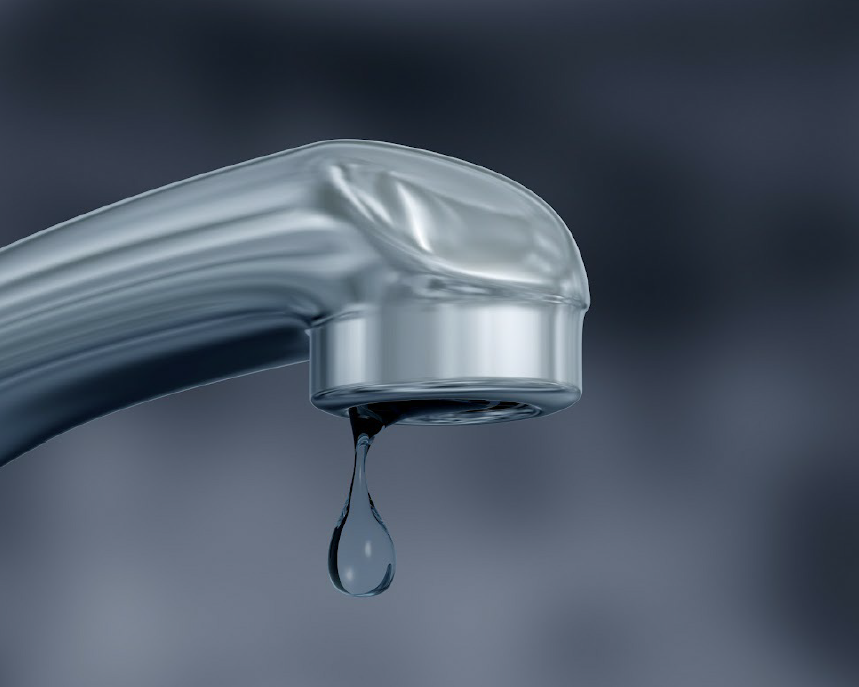The content which follows involving Leaking water lines is rather motivating. Check it out for your own benefit and figure out what you think about it.

Early detection of dripping water lines can reduce a potential catastrophe. Some tiny water leaks may not be noticeable.
1. Check Out the Water Meter
Every house has a water meter. Inspecting it is a proven manner in which assists you find leaks. For beginners, switch off all the water resources. Make sure nobody will certainly purge, make use of the tap, shower, run the cleaning maker or dish washer. From there, go to the meter and watch if it will alter. Given that no one is using it, there must be no motions. If it relocates, that shows a fast-moving leakage. If you detect no adjustments, wait an hour or 2 and examine back again. This suggests you may have a slow-moving leak that can even be underground.
2. Examine Water Intake
If you spot unexpected adjustments, despite your usage being the very same, it means that you have leaks in your plumbing system. An unexpected spike in your expense shows a fast-moving leakage.
On the other hand, a constant rise every month, despite the exact same routines, reveals you have a sluggish leakage that's also slowly escalating. Call a plumber to completely inspect your property, specifically if you really feel a cozy area on your floor with piping below.
3. Do a Food Coloring Examination
When it comes to water intake, 30% comes from bathrooms. If the shade in some way infiltrates your bowl during that time without flushing, there's a leakage in between the tank as well as dish.
4. Asses Outside Lines
Do not fail to remember to examine your outdoor water lines as well. Must water permeate out of the connection, you have a loose rubber gasket. One small leakage can throw away loads of water as well as increase your water costs.
5. Evaluate the circumstance as well as check
Home owners need to make it a behavior to examine under the sink counters and also also inside cupboards for any type of bad odor or mold growth. These two warnings show a leak so prompt focus is called for. Doing regular evaluations, even bi-annually, can conserve you from a significant issue.
If you know your residence is already old, maintain a watchful eye on your heating systems, hose pipes, pipelines etc. Look for stainings as well as weakening as many home appliances and also pipes have a life expectancy. They will certainly additionally naturally deteriorate as a result of tear and wear. Don't wait for it to escalate if you think leaking water lines in your plumbing system. Call an expert plumber immediately so you do not end up with an awful mess in your home.
Early detection of dripping water lines can mitigate a possible calamity. Some small water leakages might not be visible. Inspecting it is a guaranteed method that helps you uncover leaks. One tiny leak can lose tons of water and spike your water bill.
If you suspect leaking water lines in your plumbing system, don't wait for it to escalate.
WARNING SIGNS OF WATER LEAKAGE BEHIND THE WALL
PERSISTENT MUSTY ODORS
As water slowly drips from a leaky pipe inside the wall, flooring and sheetrock stay damp and develop an odor similar to wet cardboard. It generates a musty smell that can help you find hidden leaks.
MOLD IN UNUSUAL AREAS
Mold usually grows in wet areas like kitchens, baths and laundry rooms. If you spot the stuff on walls or baseboards in other rooms of the house, it’s a good indicator of undetected water leaks.
STAINS THAT GROW
When mold thrives around a leaky pipe, it sometimes takes hold on the inside surface of the affected wall. A growing stain on otherwise clean sheetrock is often your sign of a hidden plumbing problem.
PEELING OR BUBBLING WALLPAPER / PAINT
This clue is easy to miss in rooms that don’t get much use. When you see wallpaper separating along seams or paint bubbling or flaking off the wall, blame sheetrock that stays wet because of an undetected leak.
BUCKLED CEILINGS AND STAINED FLOORS
If ceilings or floors in bathrooms, kitchens or laundry areas develop structural problems, don’t rule out constant damp inside the walls. Wet sheetrock can affect adjacent framing, flooring and ceilings.
https://www.servicemasterbyzaba.com/blog/how-to-detect-water-leakage-in-walls/

I'm very eager about Detecting hidden plumbing leaks and I am assuming you liked the page. Sharing is nice. Helping others is fun. Thanks for going through it.